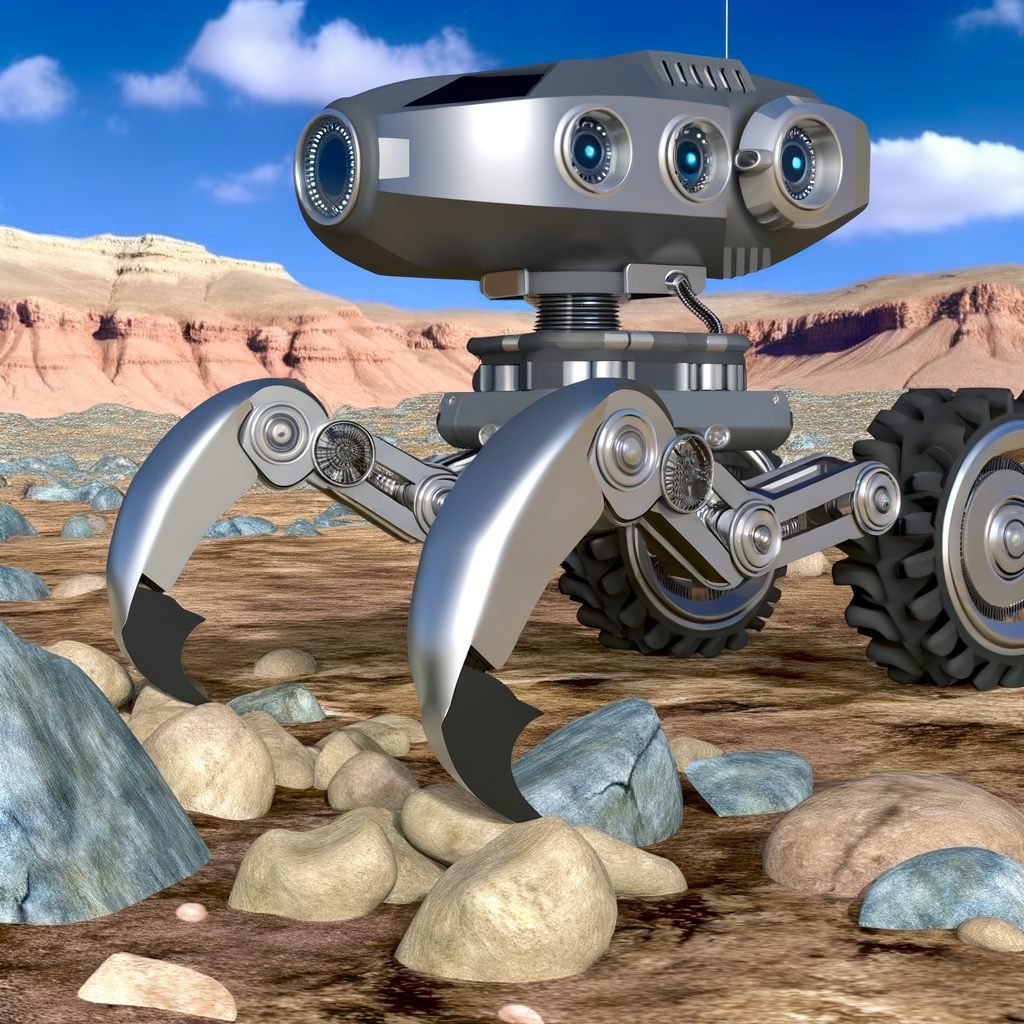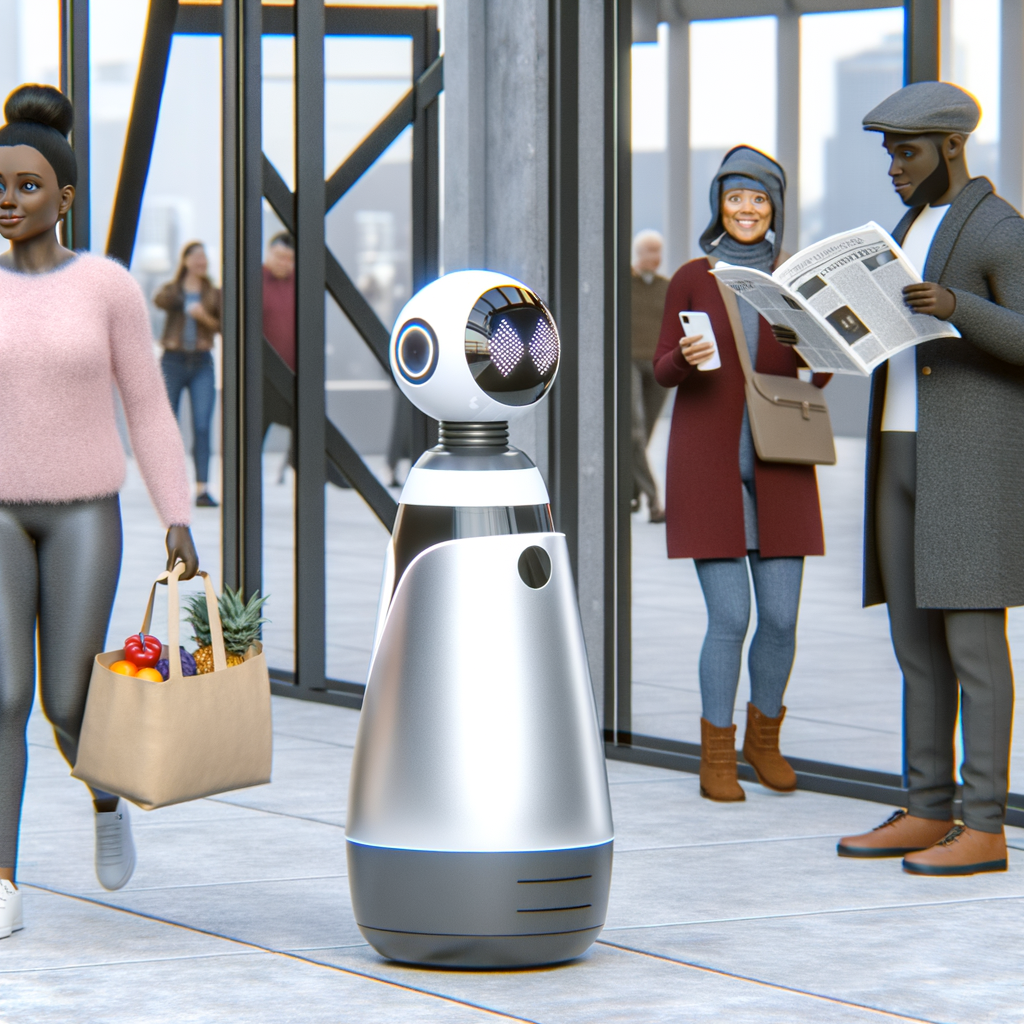CLAWbot Conquers Rough Terrain
Few things in robotics capture the imagination quite like engineering machines to traverse terrains where, frankly, mere mortals fear to tread. Enter “CLAWbot,” the latest innovation from Texas A&M University, which seems to have cracked the code on building robots that don’t flinch in the face of some of the gnarliest terrains one could imagine.
This isn’t just any old robot either—this is a robot with purpose and, might I add, real claws. It’s designed to go where most robots dare not venture, all while offering a new vision of what robotics can achieve in agriculture, construction, disaster recovery, and military applications.
Built for the Wild
Texas A&M, long known for its forward-thinking research in engineering and robotics, has created a beast that manages to blend both brain and brawn. The CLAWbot’s unique design is intended specifically to handle rugged environments, but here’s where it gets interesting: this isn’t just bulldozing teams of researchers tossing hefty machinery at a problem.
The CLAWbot is almost delicate in its approach—agile, dexterous, and incredibly intelligent. It’s modeled to combine strength with precision, and boy, does it deliver. Equipped with multi-jointed claws and impressive maneuverability, CLAWbot can scale steep hills, climb rock-laden slopes, and even push through dense vegetation while maintaining its balance and operational integrity.
The showstopper feature? Its claws act like grappling hooks, allowing it to securely anchor onto obstacles. Think of a monkey swinging through trees in a jungle, but make that jungle the rocky debris post-disaster and the monkey a sophisticated robot designed for serious duties.
The Engineering Genius Behind CLAWbot
Now, let’s talk tech details, because that’s where things get even more fascinating. What makes CLAWbot so superior in conquering rugged landscapes is a fusion of advanced robotics, artificial intelligence, and real-time responsiveness. The standout features include:
This rugged, all-terrain capability isn’t just about conquering rocks and hills. The team behind CLAWbot envisions it eventually tackling everything from search-and-rescue operations to military reconnaissance missions in complex environments. Essentially, CLAWbot is expected to become a genuine multi-terrain operative.
One CLAWbot to Rule Them All?
So, is CLAWbot the answer to all of our rugged-terrain robotics needs?
Well, it might just be. In an era where environmental disasters and global conflicts frequently call for boots-off-the-ground operations, CLAWbot shines like the hero we all deserve. Consider a disaster where human teams can’t traverse a building collapse site—the CLAWbot can squeeze its way through the jagged wreckage, deploy tools to aid survivors, or gather real-time intelligence.
This potential alone places CLAWbot in a very special category of robotics—one that could save lives.
Sure, this kind of thing has been explored in theory countless times before, but the practical execution of these technologies and their seamless coordination under pressure is what truly makes CLAWbot unique.
The Future of Rugged Robotics
What does the future hold for CLAWbot and the robotics landscape? The possibilities are honestly pretty wild.
It’s not just what CLAWbot is today that excites us—it’s what the technology behind CLAWbot is paving the way for. The evolution of agile, intelligent, and rugged robots like CLAWbot changes how we approach everything from disaster response to infrastructure development in previously “unreachable” areas.
CLAWbot—More Than a Feat of Engineering
It can’t be overstated just how significant the development of CLAWbot is to technology and engineering as a whole. This goes beyond gadgets and gizmos. CLAWbot represents a shift in the practical application of robotics outside typical lab environments. It’s proof that the boundaries once placed on where robots can serve are no longer as confining as we thought.
For the folks who’ve developed CLAWbot at Texas A&M, this is just the beginning. They anticipate further enhancements that will make CLAWbot even more versatile and adaptable—a robotic Swiss Army knife for tackling the impossible.
And while many of us will never go head-to-head with jagged cliffs or forests brimming with undergrowth, if we ever do face the forces of nature’s most untamable terrains, we might just have CLAWbot to thank for coming through.
—
As we venture into more unpredictable world events—natural or otherwise—the CLAWbot’s existence signals a future aligned with robotic innovation, one where rugged problems might finally meet their match.
So move over, all-terrain vehicles. There’s a new rugged conqueror in town, and it’s here to claw its way to victory.


